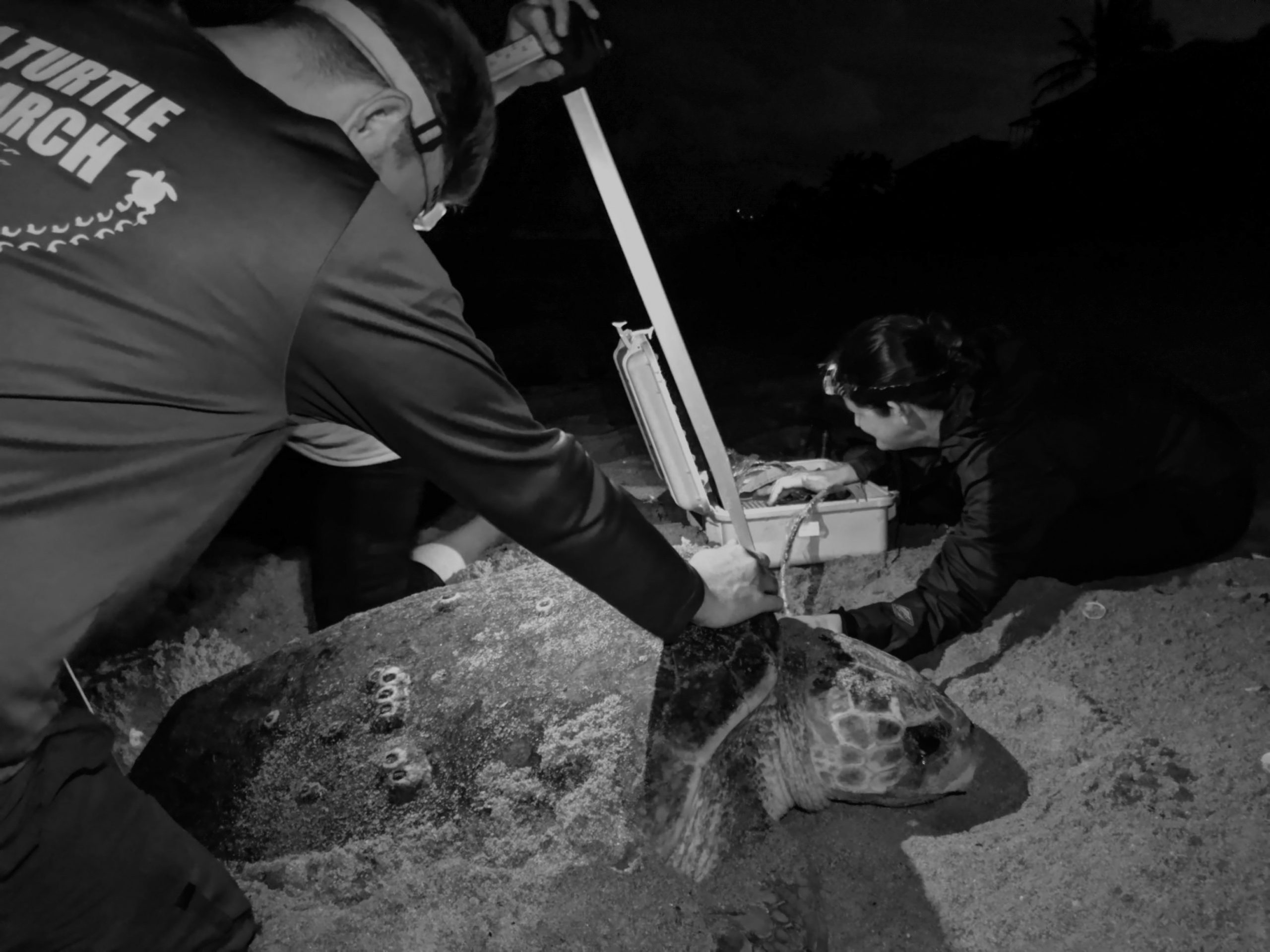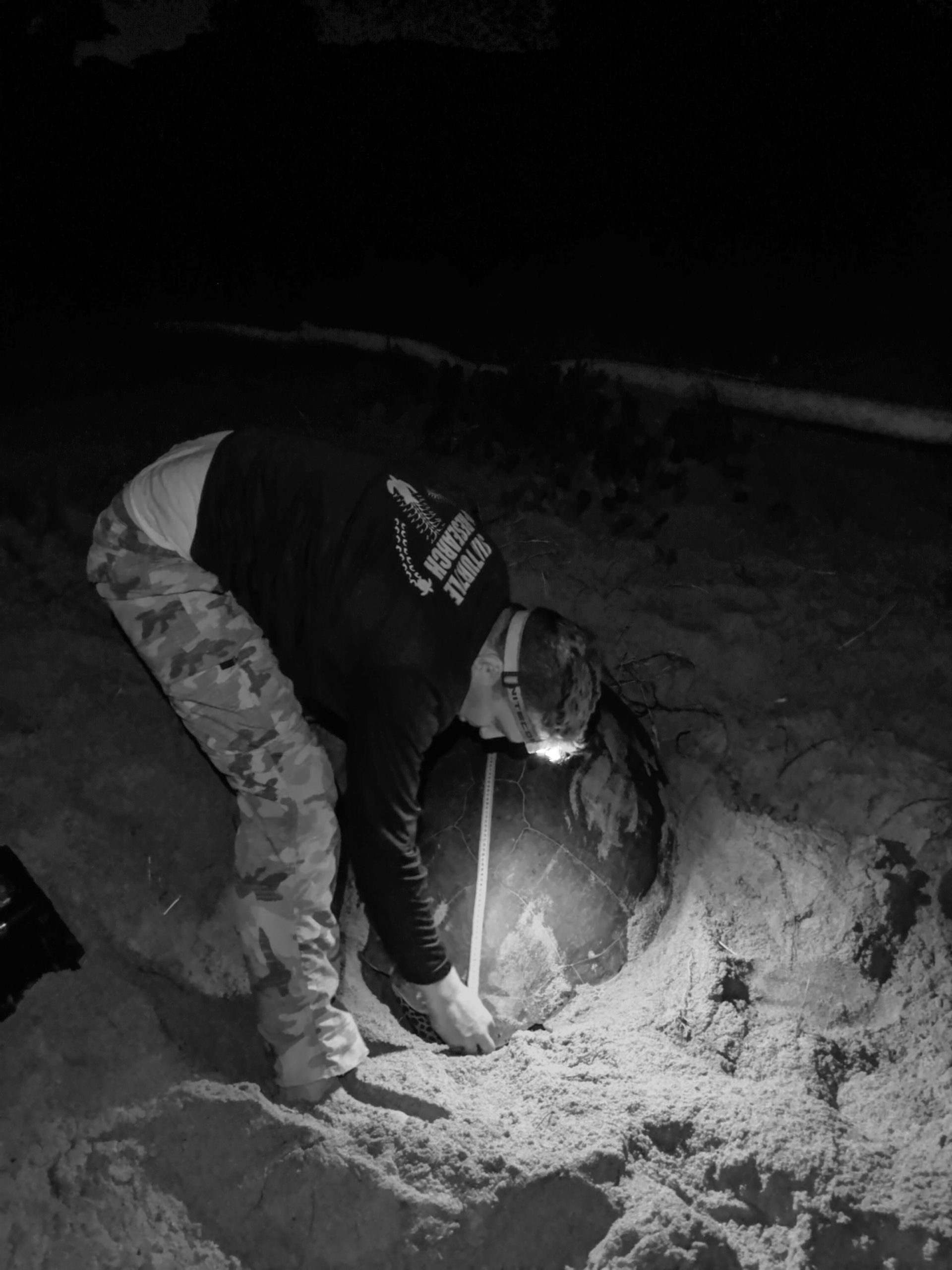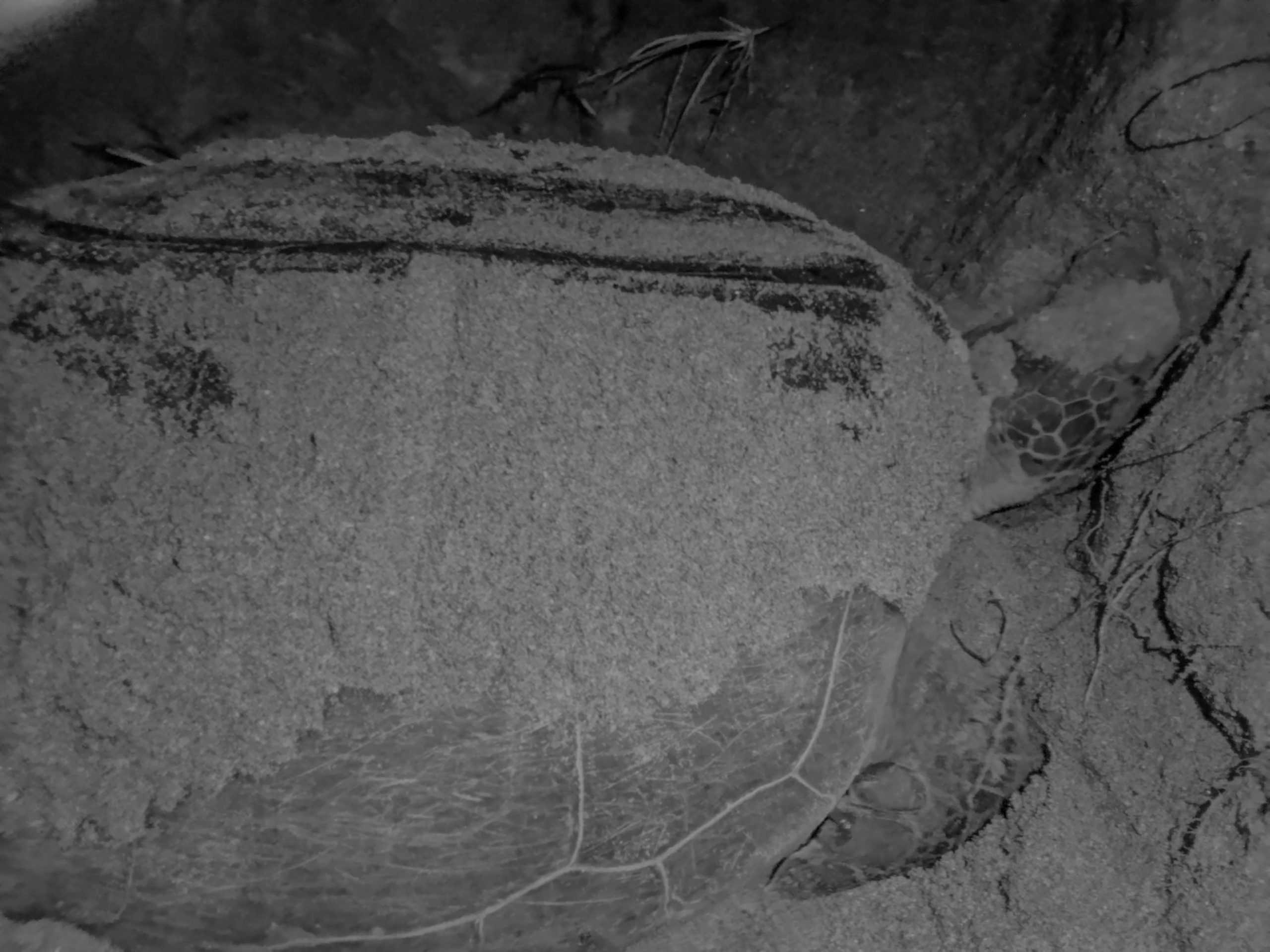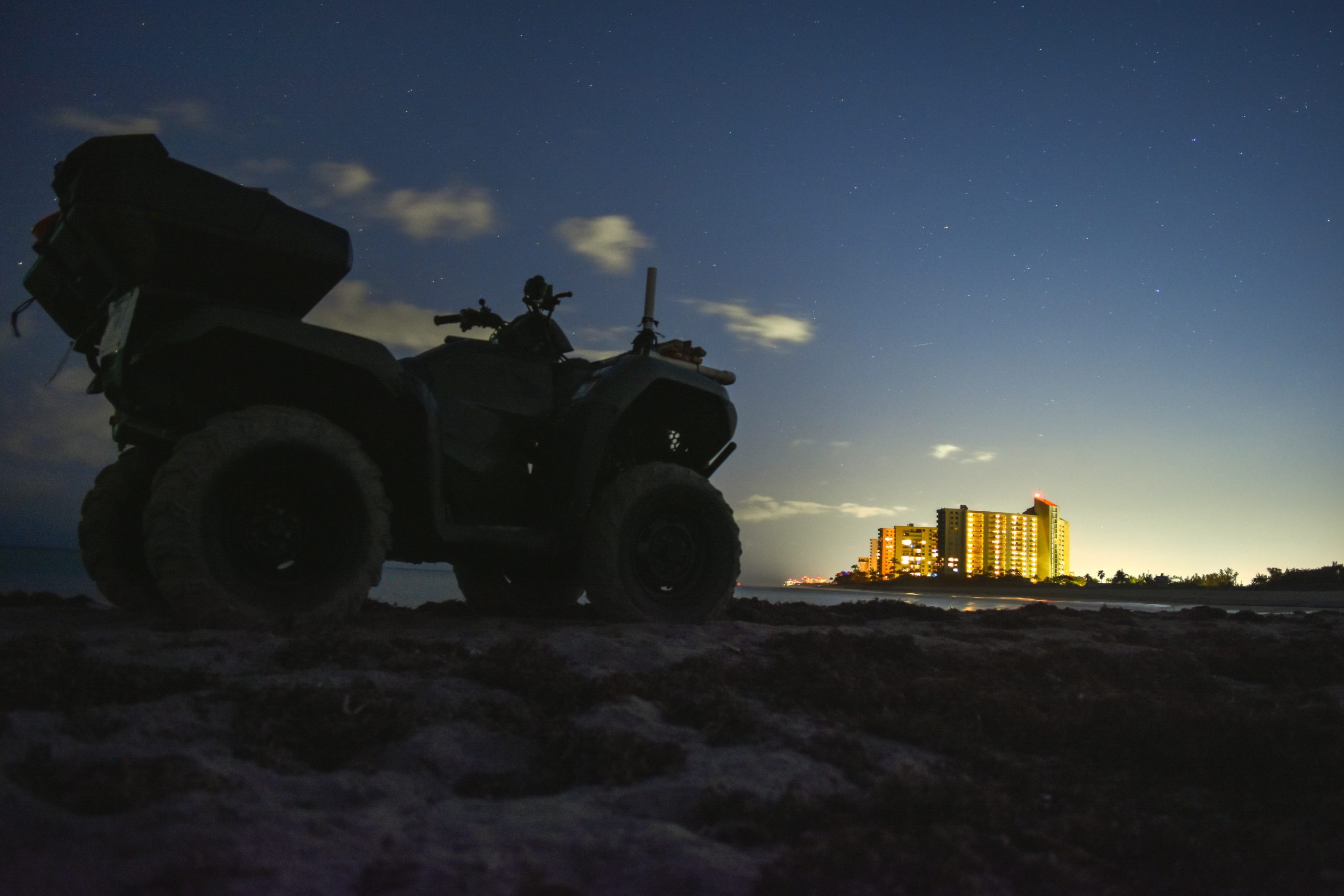The 2019 nesting season is slowly coming to a close, as we are seeing the last of the loggerhead nests from Tequesta down to Juno. The greens are still nesting, but not at the numbers we were seeing a month ago. To date, we have 20,603 total nests, with loggerheads coming in at 13,343 nests, greens at 7,073, and leatherbacks bringing up the rear with 187.
These are sad times for the LMC night crew because the 2019 night season has come to an end on our 9th week. We sampled our final few greens under a (almost) full moon, and it was a fitting end to a very busy season. We successfully sampled turtles for our metabolomics, endocrine disruptor chemicals (EDC), and endarteritis projects. And we also assisted USF master student Aleah Ataman’s research project by tagging 300 loggerheads, and sent blood samples to the University of Louisville for a toxicology study.

In total, we sampled 100 total turtles over our nine week season with these two species!! Seventy of our samples were loggerheads and were spread across our three main studies. The largest turtle we saw was Carla, who had a curved carapace length (CCL) of 111.7 cm (3.7 ft.) and a curved carapace width (CCW) of 100.7 cm (3.3 ft.). Artemis was our smallest with a CCL of 81.9 cm (2.7 ft.) and a CCW of 72.6 cm (2.6 ft.).

We ended the season with 30 green turtle samples, more than we anticipated!! Our final turtle, appropriately named Finito, was also our largest! She had a CCL of 113.9 cm (3.7 ft.) and a CCW of 104.5 cm (3.4 ft.). The smallest green we saw was Georgie, who had a CCL of 97.1 cm (3.2 ft.) and a CCW of 94.0 cm (3.1 ft).

We had a few fun turtles as well! Justine and Kiefer were both seen a few weeks apart and were recaptures from 2017! Avocado was one of the first greens we tagged this season (and Night Intern Madisen Liebl’s first ever green), and we were able to sample her two other times. Her blood analysis were rather interesting as well. We run each blood sample to find their pack cell volume, hemoglobin, and total solids levels (see the Week 3 post to learn more about our blood analyses). In general, these levels should decline because the turtles do not normally eat while they are in their nesting phase. However Avocado’s PVC and hemoglobin levels did not vary that much, even though her total solids dropped as it should. Just one of the many surprises we find when studying these creatures!!

And that wraps up the final entry for the 2019 night research season. From everyone on the LMC night crew, we thank you for following us on this record breaking season! Hopefully we were able to shed some light on the research being conduced by Dr. Justin Perrault and Sarah Hirsch, as well as sharing some photos of our beach work!
However the official nesting season is not over yet. The morning crew will be out every morning through October, recording the late nesters and performing nest excavations. And there are a few student research projects that will continue until the official season ends. So there will be no shortage of activity until the last nest has been cleared from our survey area!

Thanks again for reading along for these past nine weeks. And we’ll see you all next April for the beginning of the 2020 leatherback season!!
Disclaimer: All marine turtle images taken in Florida were obtained with the approval of the U.S. Fish & Wildlife Service (USFWS) and the Florida Fish & Wildlife Conservation Commission (FWC) under conditions not harmful to this or other turtles. Images were acquired while conducting authorized research activities pursuant to FWC MTP-19-205.
